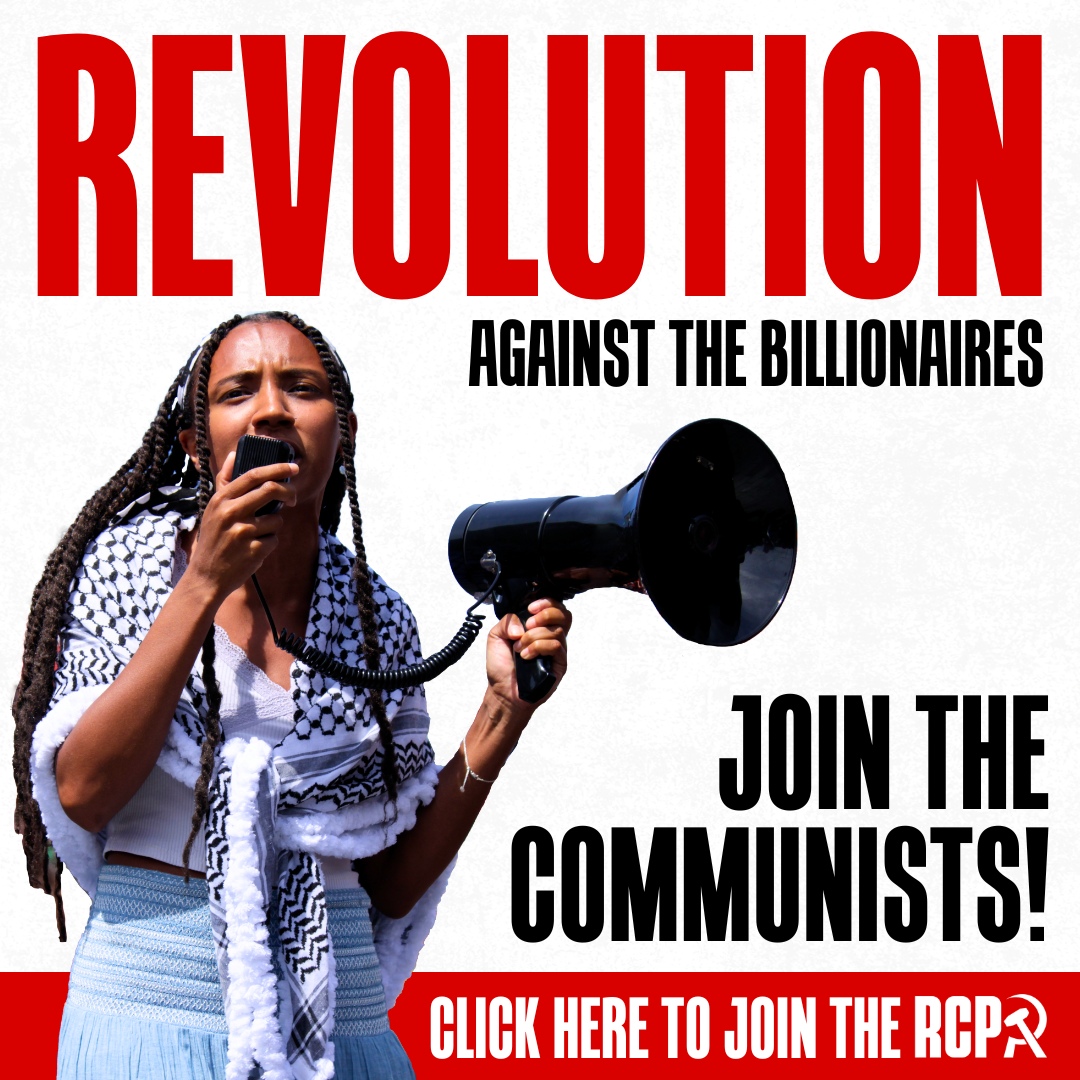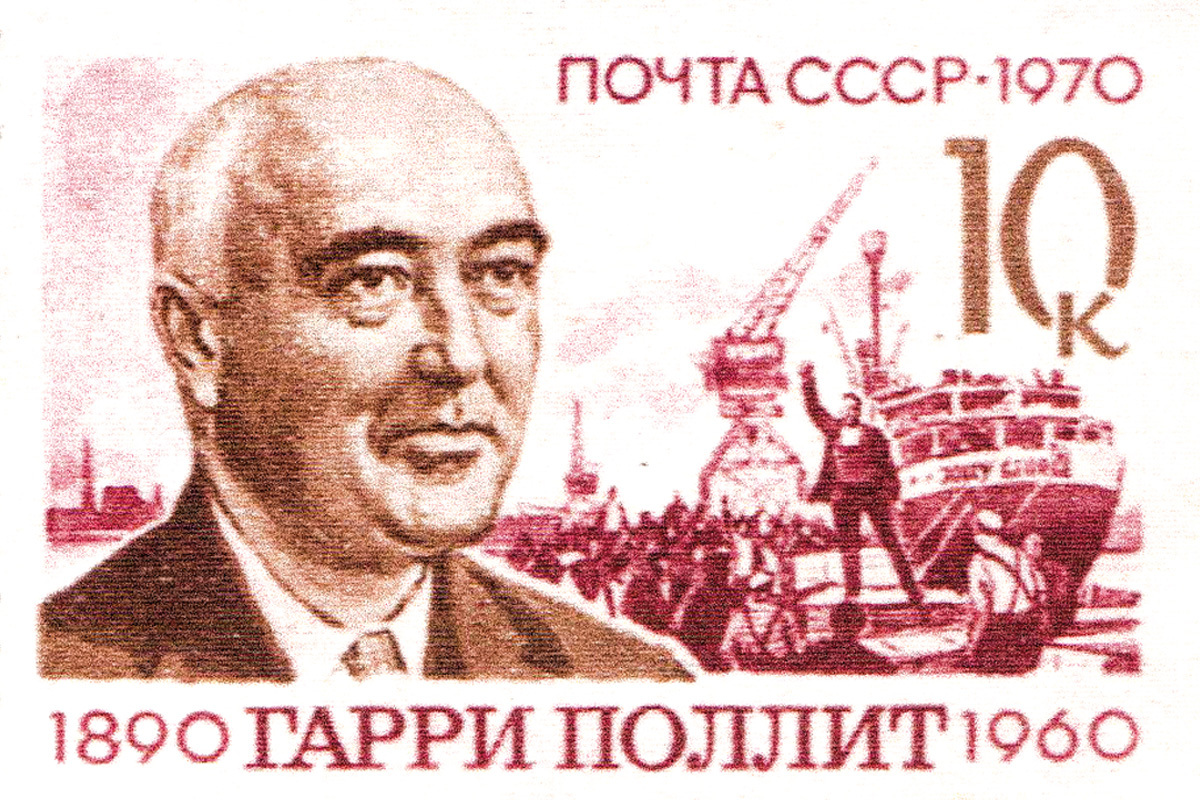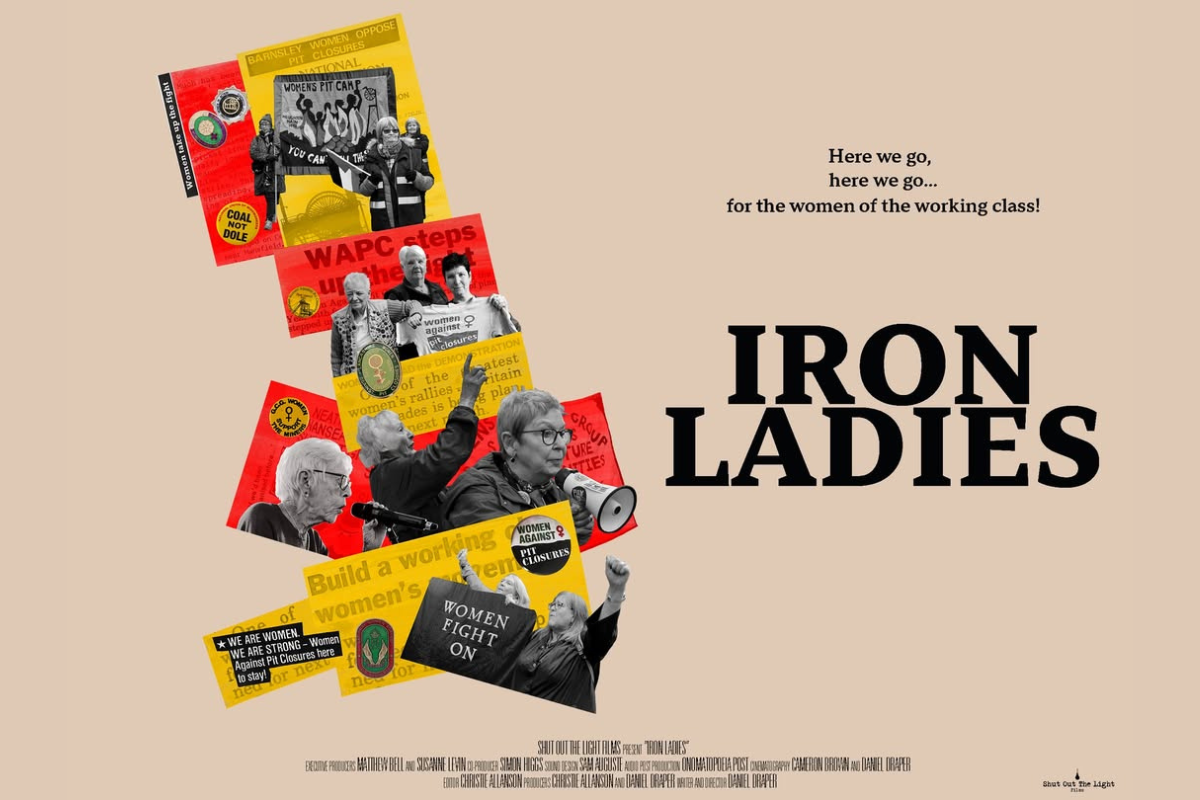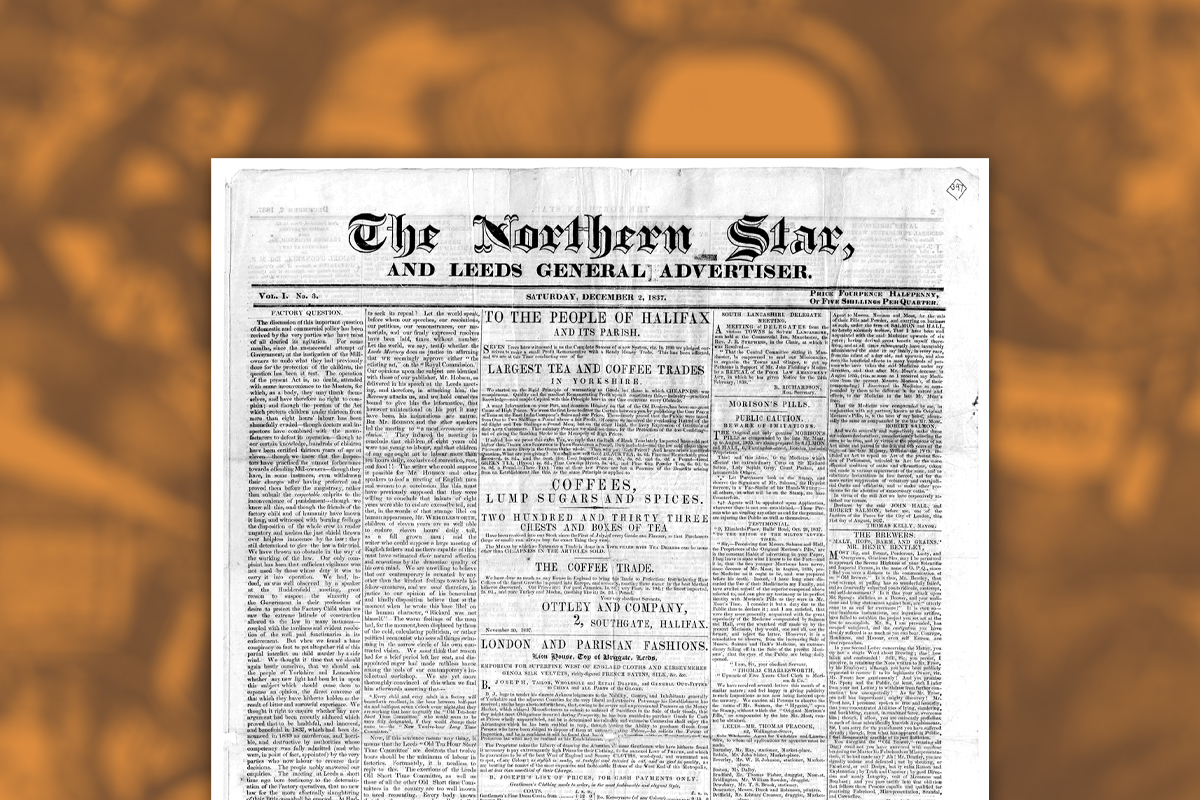The Labour
Movement must learn from the lessons provided by its own history. The trade
unions were created out of class struggle. To establish themselves they had to
fight the hostility of Parliament, the courts, the employers and the media. Here we trace how the TUC arose from the need
to secure a legal basis for the developing union movement in the 1860s.
The working
class is the product of the Industrial Revolution of the eighteenth and
nineteenth centuries. Industries such as iron-making, coal-mining, shipbuilding
and textile manufacturing grew very rapidly. The latter in particular had many
huge factories or mills which brought together large workforces of
proletarians, that is workers who did not own the machines and equipment with
which they laboured to produce profits for their employers. They were largely
unskilled or semi-skilled and their economic relationship with the employer was
simply that they sold their labour power to him in return for wages. Even as
late as the mid-nineteenth century, much industrial production was still in
small workshops or in the worker’s own home. Wherever they laboured, however,
workers learned by hard experience that their interests were totally opposed to
those of their employers and that the only way to defend and develop them was
by combining in unions and utilising their collective strength. The militant
organisations created in such struggles tended to fade away once the dispute
was finished.
Among some
groups of skilled artisans there were ‘craft clubs’ which had a more permanent
existence, the prime purpose of which was to act as friendly societies. On
those occasions when they took action to secure improved wages and conditions,
they might find themselves being prosecuted as ‘criminal conspiracies’. Readers
will not be surprised that employers’ combinations, although also illegal in the
eyes of the law, were rarely if ever prosecuted.
From 1800
to 1830 the anger of working people manifested itself in bitterly-fought strikes
and in machine-breaking, hayrick-burning and other forms of sabotage. The
ruling class met such activities with brutal oppression. It was argued that the
way to improve the wretched conditions in which most people lived and worked
and also to ensure a legal status for the nascent unions lay with parliamentary
reform. A huge movement for radical political change developed, largely with
middle-class leaders and the pressure created was instrumental in the passing
of the Reform Act of 1832. This act gave the vote to some middle class men and
virtually ignored working men. In the fury that followed, the floodgates opened
to the demand for more complete political change. Out of this developed the
Chartists who were the first mass movement of the British working class. They
intended to win control of a democratic reformed parliament which they believed
could be used in the interests of working people.
One of the
tactics of the Chartists was the idea of the ‘Sacred Month’ or general strike
whereby a united working class would bring the economy to a halt and force the
government to meet the demands embraced in the Charter. Central to this idea
was that of a national organisation bringing together and coordinating the
strike activities of workers right across the country. The forerunner had been
the National Association for the Protection of Labour founded in 1830, but in
1834 anger at the outcome of the Reform Act and a host of other grievances led
to the establishment of the Grand National Consolidated Trades Union. This can
fairly be described as the predecessor of the TUC. Its intention was to
affiliate every existing union. These would keep their own rules and
organisation but would unite to form District Councils and a Grand Council at
national level. The GNCTU was intended to provide the national leadership in
the event of the ‘Sacred Month’ but it also attracted many workers concerned
that it should coordinate and lead the immediate struggles for a living wage,
shorter working hours, against harsh workplace discipline and for the right of
legal protection for unions and their activities.
The
Chartist movement faded out in the early 1850s at the end of the three or more
decades of political turmoil and industrial strife. What followed was the
consolidation of British capitalism with twenty to thirty years of almost
continuous economic growth during which the class struggle by no means
disappeared but was somewhat more muted. Many groups of skilled workers formed
powerful trade unions through which they were able to obtain significant
advances in wages and conditions and what appeared to be a secure legal basis
for their activities. These unions were usually organized on a national basis,
well-funded and highly centralised, employing substantial numbers of full-time
officials. Dues were substantial and membership was restricted to those in each
specific trade. They catered for such trades as bricklayers, carpenters,
engineers and iron-founders.
Significant
gaps opened up between the pay of the union full-time officers and that of
their members. This gave the full-timers access to lifestyle changes and
subjected them to political pressure as they hobnobbed professionally and
socially with people of the middle and upper classes. The latter wooed them
cynically, knowing that in doing so they could draw their potential sting. Some
of the more influential trade union leaders established an informal but
powerful clique later known as the ‘Junta’ and this form of trade union
organisation came to known as the ‘New Model’. Unfortunately many of them had
an exclusive, even rather contemptuous, attitude towards the mass of semi and
unskilled and largely non-unionised labour. They were concerned to maintain the
relative privileges of their own members and some argued that it was neither
possible nor even desirable for the trade union movement to widen its doors to
the working masses. In the late 1850s and early 1860s trades councils were
created especially in big cities such as London,
Glasgow, Sheffield and Liverpool
to coordinate local union activity but these largely replicated the practices
of the Junta.
A strong
movement for further political reform developed in the mid-1860s and the Reform
Act of 1867 gave the vote to substantial numbers of working class men from the
skilled, relatively better-off workers who the New Model unions embraced. The
Liberal Party leadership courted the Junta hoping to secure the voting support
of their newly enfranchised union members. Some of the Junta in turn were only
too happy to be identified with the left of the Liberal Party and to be known
as ‘Lib-Labs’. The acceptance of capitalist ideas which this entailed meant
that the leadership of most unions was in the hands of men who advocated class
collaboration. They hoped that by toadying to the Liberal wing of the ruling
class, they would be thrown the concession of a firm legal framework for their
kind of trade union activity. Events were to confound this sycophantic
attitude.
In 1867 the
union leaders were abruptly shocked out of their complacency when the court
ruled in the case of Hornsby v. Close that
there was no legal protection for unions when members or officials embezzled
their funds. This was an enormous threat given that many unions, while avoiding
strike action whenever possible, had carefully built up very substantial
financial reserves.
Worse
followed. As the implications of this hostile judgement were ruefully digested,
the leaders were shocked by the furore over the so-called ‘Sheffield Outrages’.
Conditions were particularly appalling in the city’s metal industries. The
unions had developed a tradition of direct action aimed at the most unpopular
employers and also at blacklegs. In February 1867 the government announced the
establishment of a Royal Commission to investigate the trade unions. In
response, the Junta, the London Trades Council and other unions convened the
Conference of Amalgamated Trades to present the unions’ evidence.
Although
the Commission’s report found little to criticise about the way the unions conducted
themselves, the Trade Union Act of 1871 was passed apparently giving the unions
a firm legal status and safeguarding their funds. However the Criminal Law
Amendment Act placed a web of legal restrictions on how strikes were conducted.
The employers used this act to launch a vendetta of prosecutions and
imprisonments for peaceful strike activities. Two further acts were passed in
1875 which largely reversed the legislation of 1871.
1868 is
generally taken as the year in which the TUC was established. It was an
amalgamation of the Junta, the London Trades Council, the National Miners’ Union, the more militant London Workingmen’s Association
and a number of equally militant northern unions. After much manoeuvring, the
Junta was able to gain control. Its lobbying was instrumental in the passing of
the 1875 legislation. The union leaders appear to have felt that their main
purpose had been achieved with a ‘secure’ legal status and influence with the
Liberal Party, there now being two miners’ leaders in Parliament, actually
sitting as Liberals. The leaders broke with the First International, strongly
influenced by Karl Marx and opted for careers as well-paid bureaucrats. Their
desire for the quiet life and obsession with ‘respectability’ ensured they made
no attempt to mobilise the potential strength of the movement around socialist
policies. They concentrated power centrally and set up undemocratic rules which
reduced the influence of the rank-and-file and isolated militants. Their
attitude to strikes was summed up by William Allen, leader of the Engineers who
said: We believe that all strikes are a
complete waste of money, not only in relation to the workers but also to the
employers.
Now in
2008, the trade union movement faces the possibility of the return of a
reactionary Conservative government to office at a time of economic
uncertainty. Such a government would attempt to make the working class pay for
the problems of the capitalist system. The TUC must lead the fight against any
Tory attempts to reduce the power of the unions and fully support the campaign
for the return of a Labour Government committed to socialist policies.






